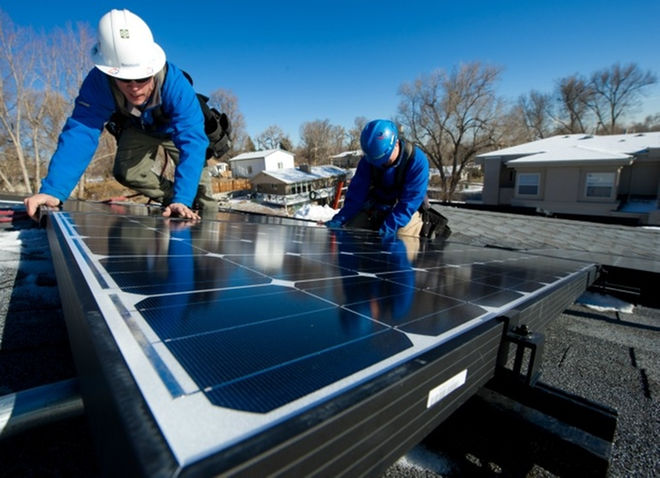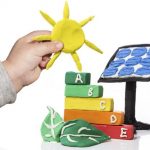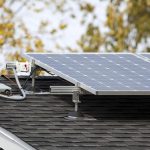How Do Solar Panels Work
Collect

Solar panels, also known as modules, contain photovoltaic cells made from silicon that transform incoming sunlight into electricity rather than heat.
Solar photovoltaic cells consist of a positive and a negative film of silicon placed under a thin slice of glass. As the photons of the sunlight beat down upon these cells, they knock the electrons off the silicon. The negatively-charged free electrons are preferentially attracted to one side of the silicon cell, which creates an electric voltage that can be collected and channeled. This current is gathered by wiring the individual solar panels together in series to form a solar photovoltaic array. Depending on the size of the installation, multiple strings of solar photovoltaic array cables terminate in one electrical box, called a fused array combiner. Contained within the combiner box are fuses designed to protect the individual module cables, as well as the connections that deliver power to the inverter. The electricity produced at this stage is DC (direct current) and must be converted to AC (alternating current) suitable for use in your home or business.


